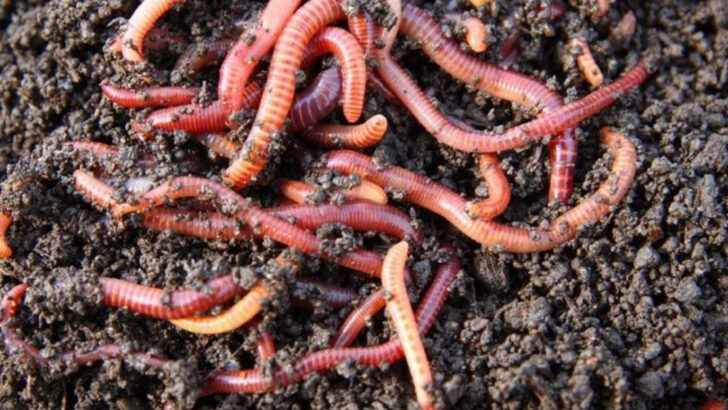They’re small enough to miss—but powerful enough to shape entire ecosystems. While the giants of the animal world get all the attention, it’s the tiny creatures pulling the real weight. They build soil, pollinate crops, recycle waste, and keep food webs from falling apart. One beetle can save a forest. One shrimp can stir the ocean floor. These aren’t just bugs and microbes—they’re engineers, cleaners, and silent guardians. Here are 21 tiny animals doing the heavy lifting for the planet—one microscopic miracle at a time.
Honeybee

Buzzing about with purpose, the honeybee is a critical pollinator. Without its tireless work, many of our favorite fruits and vegetables would struggle to grow. These industrious insects communicate through a unique ‘waggle dance,’ guiding hive mates to food sources.
Despite their small size, honeybees support entire ecosystems. Their role in pollination affects plant reproduction, which in turn supports other wildlife. A single bee can pollinate thousands of flowers in a day, showcasing nature’s efficiency.
Did you know? Honeybees have been producing honey for over 150 million years, making them ancient contributors to ecological balance.
Earthworm

Silent yet impactful, earthworms are essential soil engineers. Their burrowing action aerates the ground, improving water infiltration and nutrient distribution. This natural tilling process benefits plants and enhances soil fertility.
As they consume organic matter, earthworms break it down into simpler compounds, enriching the soil with nutrients. This decomposition process is vital for healthy plant growth, making gardens and fields flourish.
Interestingly, earthworms can consume their body weight in soil daily, demonstrating their immense contribution to ecosystem health. Their presence is a sign of vibrant, productive land.
Ant
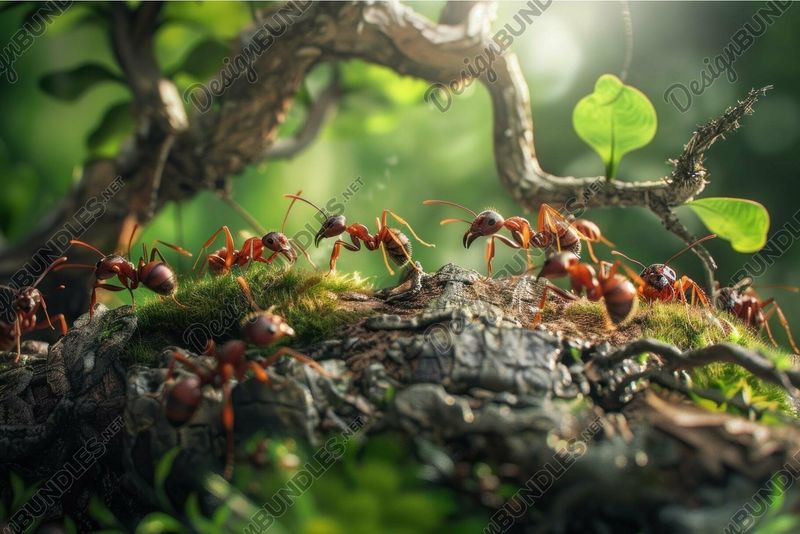
Marching in line, ants are the ultimate team players of the natural world. These insects excel in communication and division of labor, ensuring the survival of their colonies.
By aerating the soil and recycling nutrients, ants contribute to ecosystem maintenance. Their role as predators and scavengers helps control pest populations and clean up dead organic material.
Did you know? Some ant species farm aphids for honeydew, showcasing a unique symbiotic relationship. Ants’ complex societies and adaptability make them tiny, yet formidable ecological forces.
Plankton
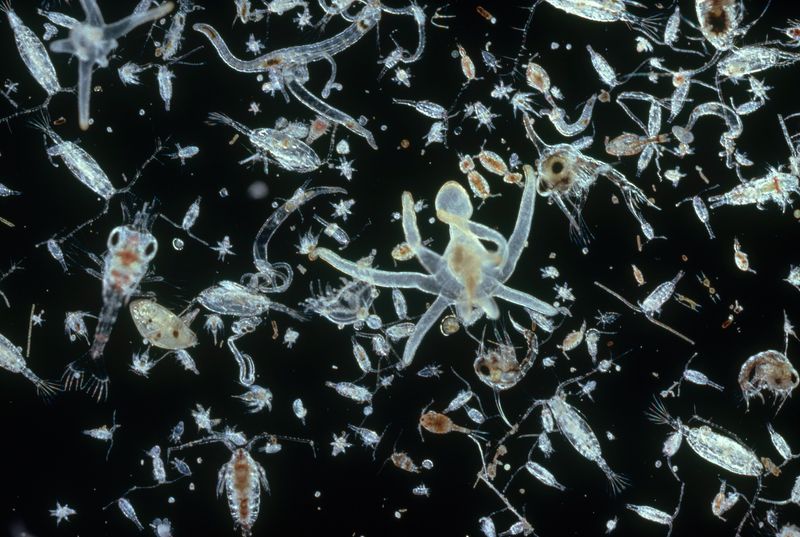
Drifting with ocean currents, plankton are the foundation of aquatic ecosystems. These tiny organisms, both plants (phytoplankton) and animals (zooplankton), support marine life by forming the base of the food chain.
Plankton’s photosynthetic abilities produce a significant portion of the world’s oxygen, making them vital for both oceanic and atmospheric health. They serve as food for larger marine creatures, supporting biodiversity.
Astonishingly, despite their minuscule size, plankton impact global climate regulation through carbon sequestration. Their life cycles influence nutrient cycles, maintaining oceanic balance.
Fungi
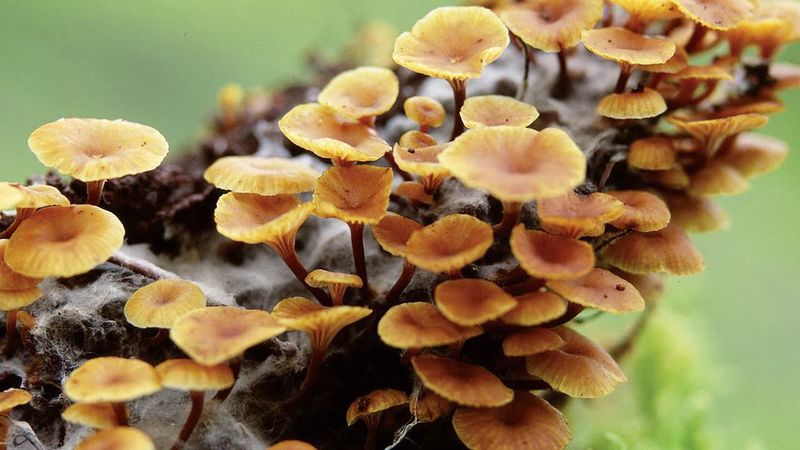
Hidden beneath the forest floor, fungi are nature’s recyclers. These organisms break down complex organic matter, releasing nutrients back into the soil. Their mycelial networks connect plants, facilitating nutrient and information exchange.
Fungi’s symbiotic relationships with plants, known as mycorrhizae, enhance plant growth and resilience. This underground network is essential for forest health and regeneration.
Remarkably, some fungi glow in the dark, attracting insects that help disperse their spores. These glowing fungi highlight the wonder and complexity of nature’s intricate systems.
Bacteria
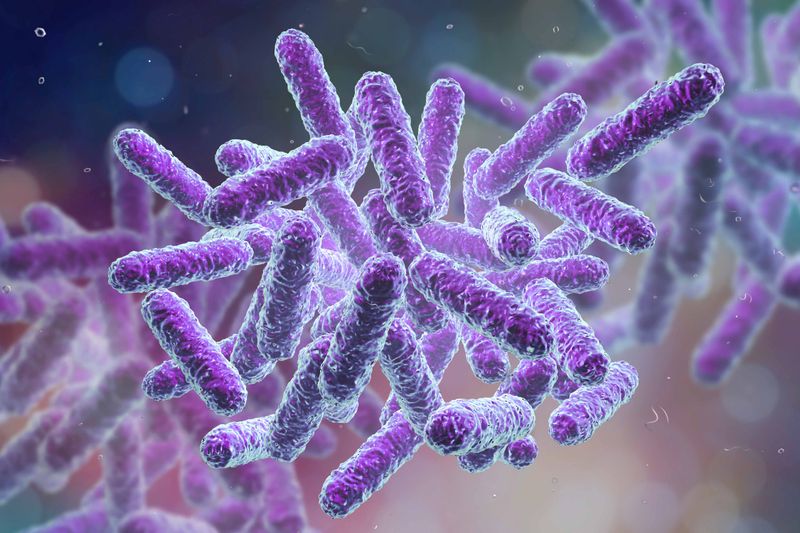
Invisible yet omnipresent, bacteria are life’s essential workers. These microorganisms perform numerous functions, from nutrient cycling to decomposition, supporting all living organisms.
Bacteria fix nitrogen, converting it into a form plants can use. This process is crucial for plant growth and food production. In decomposition, bacteria break down organic matter, recycling nutrients back into ecosystems.
Did you know? Some bacteria can survive extreme environments, such as hot springs or deep-sea vents, showcasing their incredible adaptability. Bacteria’s diversity and resilience make them vital ecological contributors.
Coral Polyps
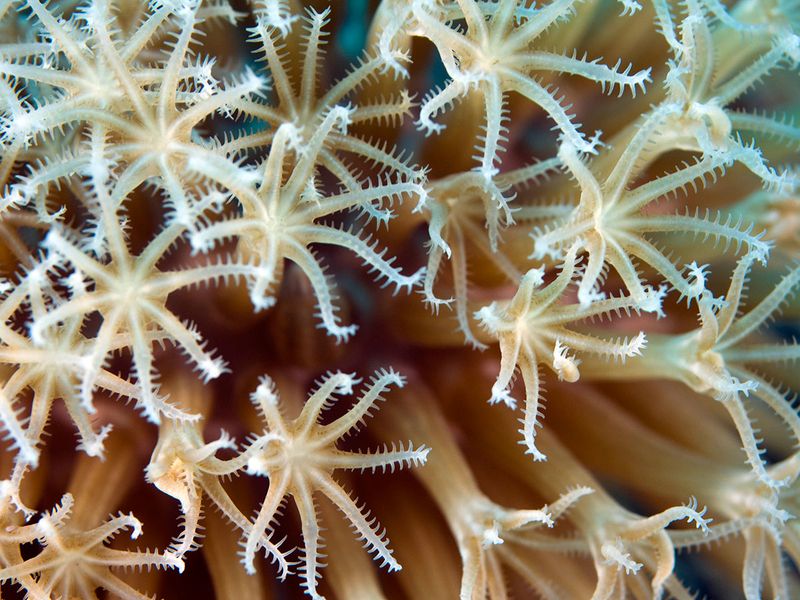
Building underwater cities, coral polyps are master architects of the sea. These tiny creatures form coral reefs, creating habitats for diverse marine life.
Coral reefs support a quarter of all marine species, providing food and shelter. The polyps’ calcium carbonate structures protect coastlines from erosion and storm damage.
Intriguingly, coral polyps have a symbiotic relationship with zooxanthellae, algae that provide them with energy through photosynthesis. This relationship is vital for reef health and sustainability. Coral reefs’ beauty and ecological importance make them treasures of the ocean.
Lichen
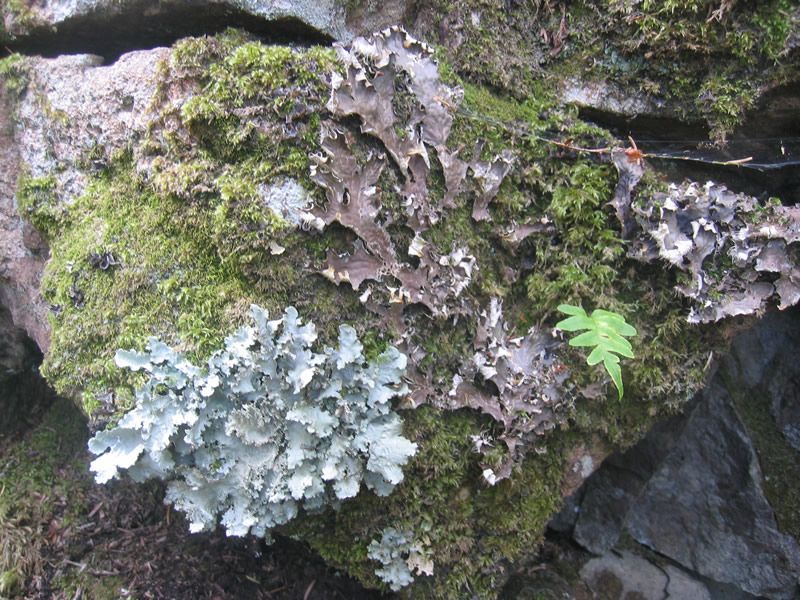
Resilient and adaptable, lichen thrive in harsh environments. These unique organisms are symbiotic partnerships between fungi and algae or cyanobacteria.
Lichen play a crucial role in soil formation, breaking down rocks into soil over time. They also serve as bioindicators, signaling environmental changes and pollution levels.
Did you know? Lichen can survive extreme conditions, from arctic tundras to desert landscapes, showcasing their incredible endurance. Their presence contributes to ecosystem stability and biodiversity, especially in areas with limited vegetation.
Tiny Crustaceans
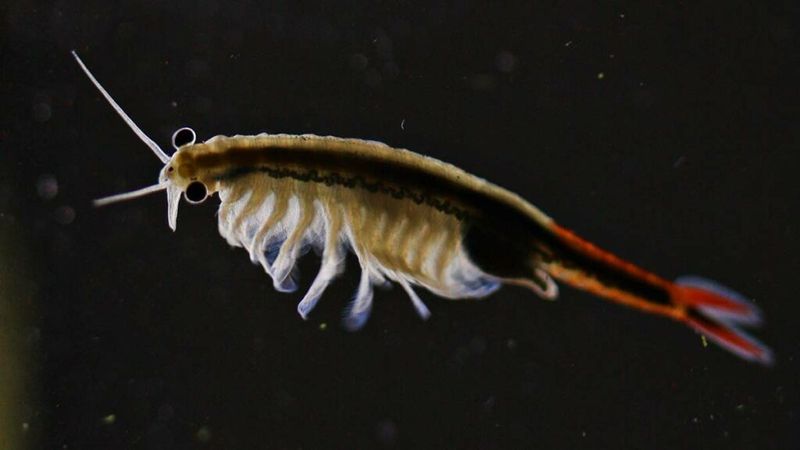
Small yet mighty, tiny crustaceans like copepods are vital links in aquatic food webs. They feed on phytoplankton and, in turn, serve as food for larger marine animals.
By consuming algae, these crustaceans help regulate algal blooms, maintaining water quality. Their role in nutrient cycling supports aquatic ecosystems’ health and productivity.
Interestingly, some copepods exhibit bioluminescence, creating glowing displays in the ocean. These fascinating creatures highlight the complexity and interconnectedness of marine life, playing a pivotal role in ecological balance.
Daphnia
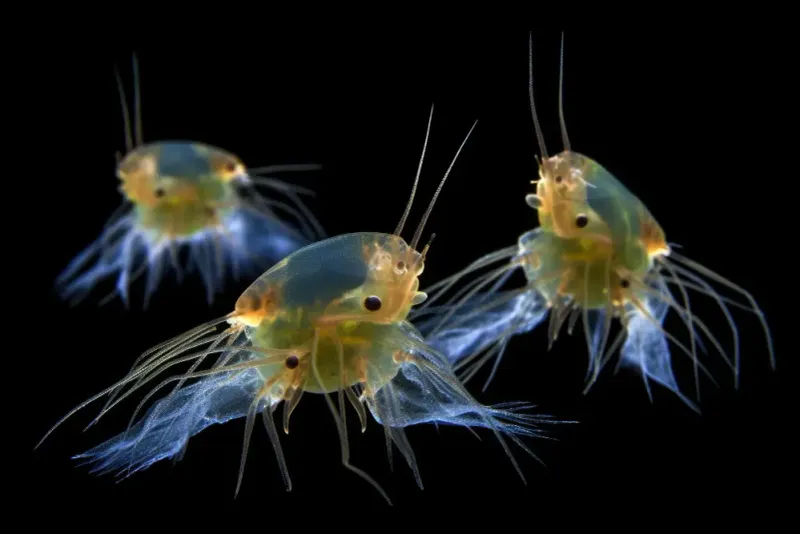
Known as water fleas, Daphnia are tiny freshwater crustaceans with a big ecological role. These filter feeders consume algae and bacteria, helping control algal blooms and maintain water clarity.
Daphnia are a crucial food source for fish and other aquatic organisms. Their presence supports biodiversity in freshwater ecosystems, contributing to food web stability.
Remarkably, Daphnia reproduce rapidly, allowing populations to thrive under favorable conditions. Their sensitivity to environmental changes makes them valuable bioindicators, providing insight into ecosystem health and water quality.
Rotifers
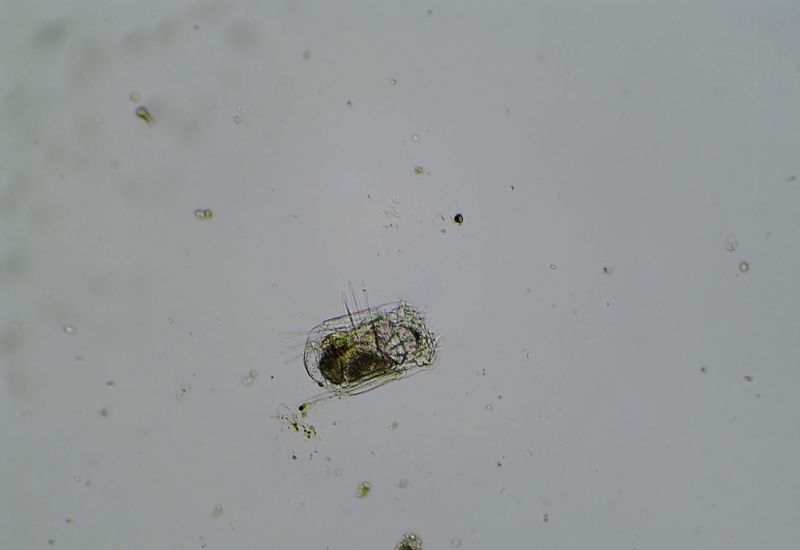
With their wheel-like corona, rotifers are fascinating microscopic creatures. These filter feeders consume detritus, bacteria, and algae, playing a key role in nutrient cycling.
Rotifers’ feeding activities help control algal populations, maintaining water quality in aquatic environments. Their presence supports the biodiversity of freshwater ecosystems.
Did you know? Rotifers can survive desiccation, entering a state of dormancy until conditions improve. This remarkable resilience allows them to thrive in fluctuating environments, highlighting their adaptability and ecological importance.
Springtails
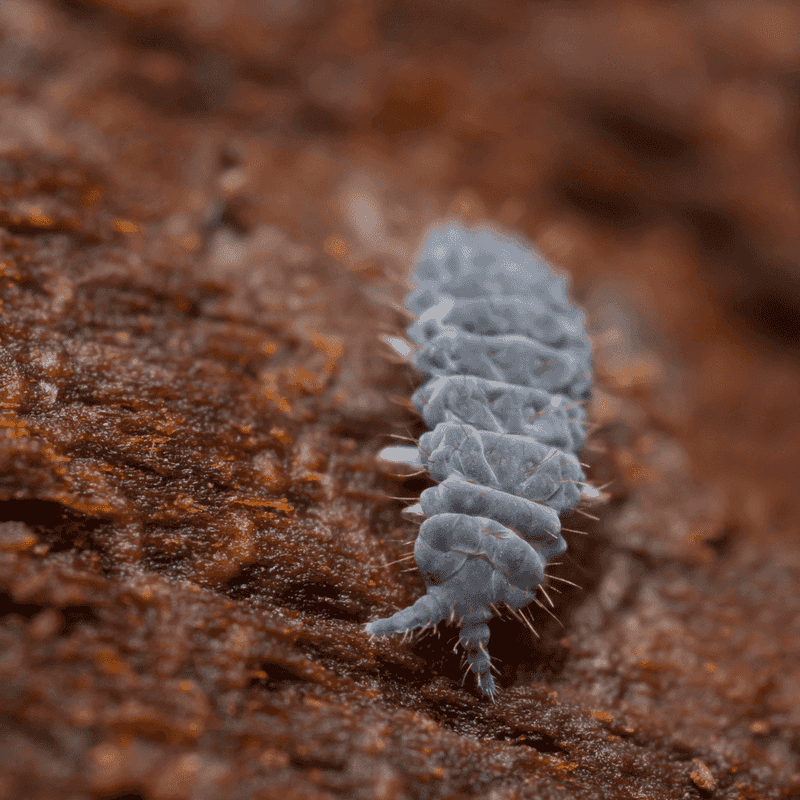
Tiny yet energetic, springtails are essential decomposers in soil ecosystems. These insect-like creatures consume decaying organic matter, breaking it down into simpler components.
Springtails’ feeding activity enriches soil fertility, supporting plant growth and ecosystem productivity. Their presence indicates healthy soil and balanced moisture levels.
A fun fact: springtails possess a unique structure called a furcula, which acts like a spring, propelling them into the air to escape threats. This incredible jumping ability adds to their charm and ecological significance.
Moss
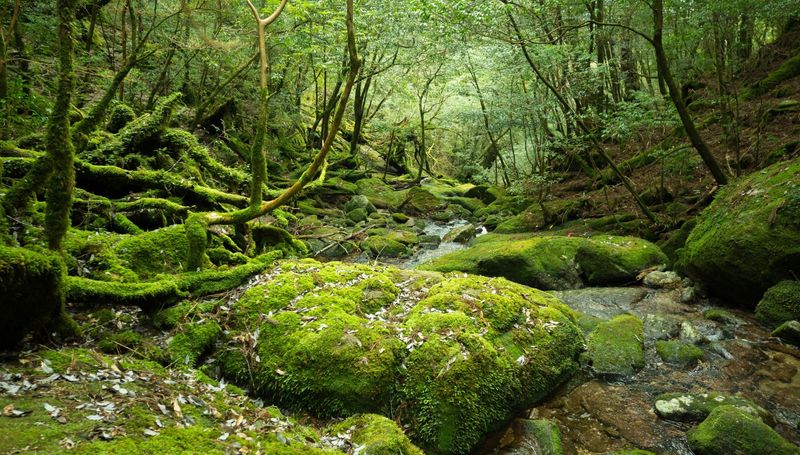
Soft and verdant, moss blankets the forest floor, offering more than just aesthetic appeal. These plants capture and retain moisture, stabilizing soil and preventing erosion.
Moss provides habitat for small organisms and contributes to nutrient cycling in ecosystems. Their presence enhances biodiversity, supporting various life forms.
Remarkably, moss can survive desiccation, reviving when moisture returns. This resilience allows them to colonize diverse environments, from rocky outcrops to forest understories. Moss’s ecological contributions make it a vital component of forest ecosystems.
Nematodes
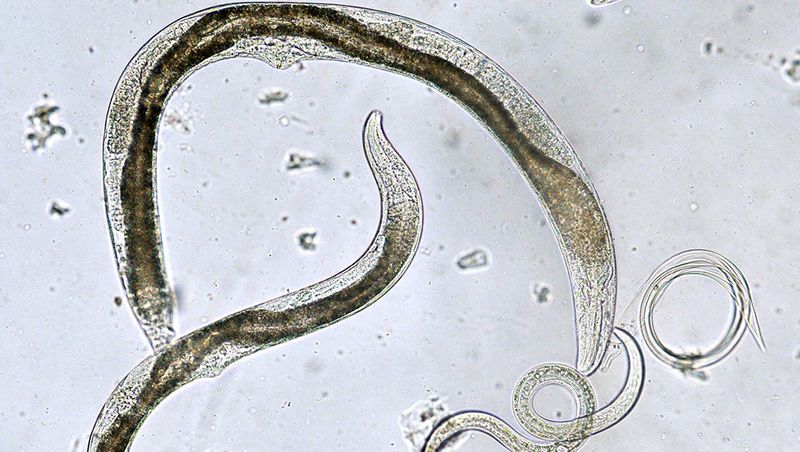
Unseen by the naked eye, nematodes are tiny worms with significant ecological roles. These diverse organisms decompose organic matter, releasing nutrients back into the soil.
Nematodes help control pest populations by feeding on bacteria, fungi, and other soil microbes. Their presence promotes soil health and ecosystem balance.
Did you know? Some nematodes are even used in biological pest control, targeting specific agricultural pests. Their diversity and adaptability make them vital contributors to soil ecosystems.
Aphids
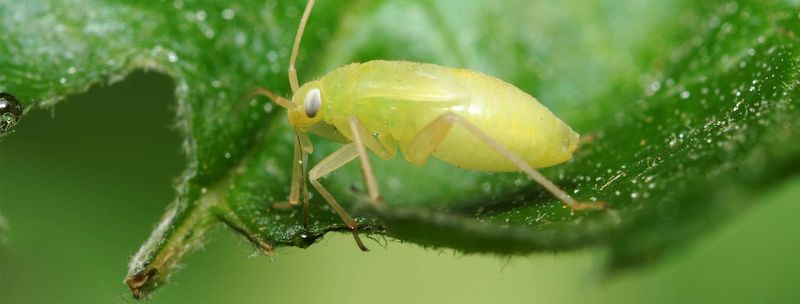
Often seen as pests, aphids have complex ecological roles. These small insects feed on plant sap, but their presence attracts predators like ladybugs, supporting food webs.
Aphids excrete honeydew, a sugary substance that ants collect and protect, showcasing a mutualistic relationship. This interaction influences plant communities and ecosystem dynamics.
Interestingly, some aphids can reproduce asexually, allowing populations to grow rapidly under favorable conditions. Their roles in nutrient cycling and food webs highlight their ecological significance, despite their troublesome reputation.
Termites
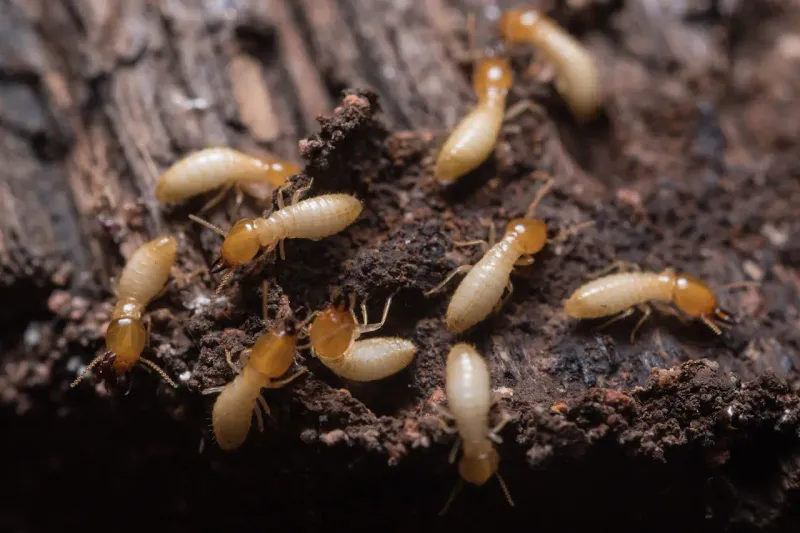
Masters of decomposition, termites break down cellulose in wood and plant material, recycling nutrients within ecosystems. Their activities create habitats for other organisms and promote nutrient cycling.
Termites’ symbiotic relationship with gut microbes enables them to digest tough plant fibers. This mutualism showcases the complexity of ecological interactions.
Did you know? Some termite species build towering mounds that serve as microhabitats for various creatures. These structures highlight termites’ ecological engineering prowess and their essential role in maintaining ecosystem health.
Barnacles
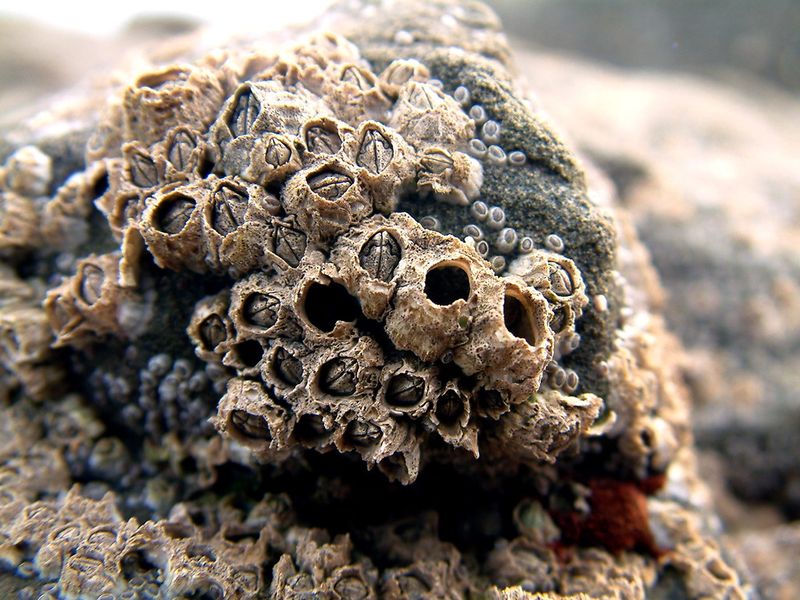
Firmly anchored to surfaces, barnacles are marine crustaceans with a vital role in coastal ecosystems. They filter plankton from the water, contributing to nutrient cycling and water quality.
Barnacles provide food and habitat for various marine organisms, supporting biodiversity. Their presence influences community dynamics and species interactions.
Interestingly, barnacles have a unique life cycle, transitioning from free-swimming larvae to stationary adults. This transformation underscores their adaptability and ecological importance in intertidal zones.
Brine Shrimp
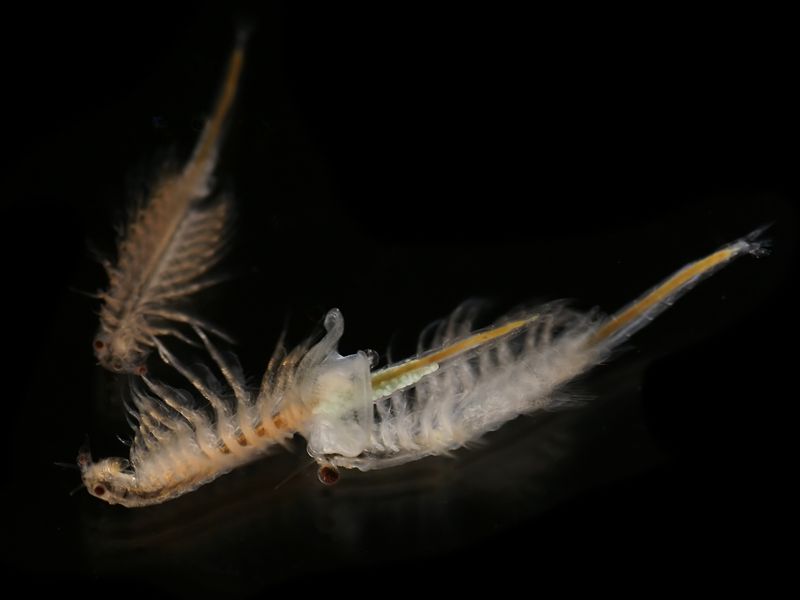
Thriving in salty environments, brine shrimp are key players in salt lakes and ponds. These tiny crustaceans feed on algae and detritus, supporting nutrient recycling.
Brine shrimp are an essential food source for migratory birds and fish, sustaining food webs in extreme environments. Their presence maintains ecological balance and productivity.
Remarkably, brine shrimp produce resilient cysts that can survive harsh conditions, hatching when conditions improve. This adaptability highlights their ecological significance and survival strategy.
Flatworms
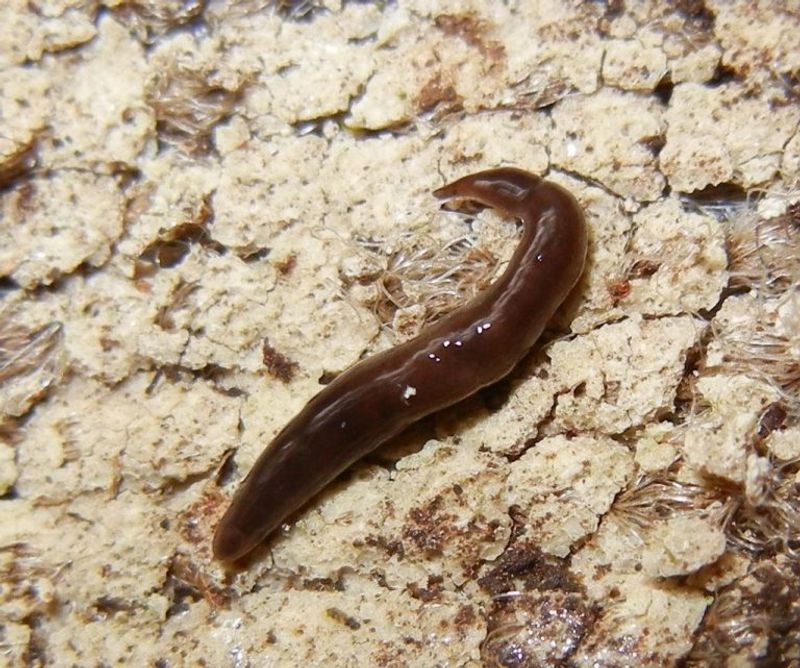
Simple yet intriguing, flatworms exhibit remarkable regenerative abilities. These organisms play roles in nutrient cycling and predation within ecosystems.
Flatworms feed on small invertebrates and organic matter, contributing to decomposition and nutrient redistribution. Their presence supports ecosystem health and stability.
Did you know? Some flatworms can regenerate entire body parts, even forming two new individuals from one split worm. This regeneration ability highlights their resilience and adaptability, making them fascinating subjects of ecological study.
Tardigrades
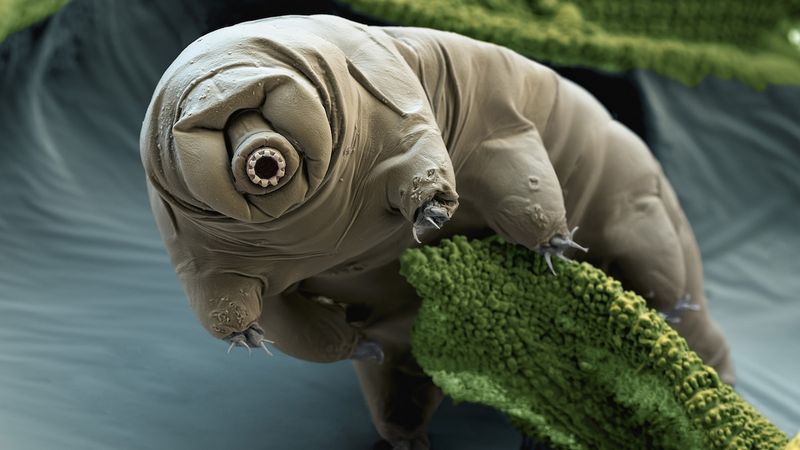
Meet the tardigrade, the unassuming hero of the microscopic world. Known as water bears, these resilient creatures can survive extreme conditions, from boiling heat to the vacuum of space. Tardigrades are essential in nutrient cycling, breaking down decomposing matter and ensuring ecosystem balance.
Surprisingly, they can withstand doses of radiation that would be lethal to most life forms. Tardigrades contribute to soil health, improving the fertility of their habitats. Their ability to dehydrate and rehydrate makes them perfect survivors in harsh environments.
Did you know? Tardigrades have been around for over 500 million years, showcasing their incredible adaptability.
Pseudoscorpions
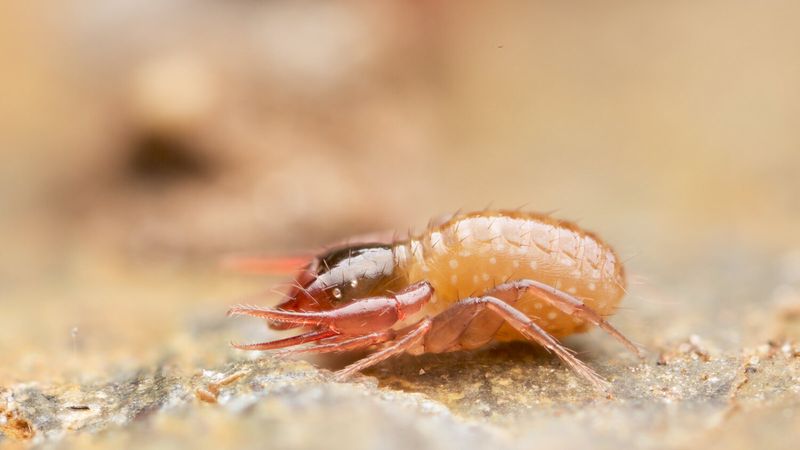
In the quiet corners of leaf litter, pseudoscorpions make their home. These minute arachnids, despite their fierce appearance, pose no threat to humans. Pseudoscorpions keep pest populations in check by preying on mites and small insects.
With pincers as their primary tools, they help maintain ecological balance in forests and gardens. Their presence indicates a healthy ecosystem. Unlike true scorpions, they lack a sting, but their pincers are quite efficient for hunting.
Fun Fact: Pseudoscorpions hitch rides on larger insects, a behavior known as phoresy, to spread to new environments.

